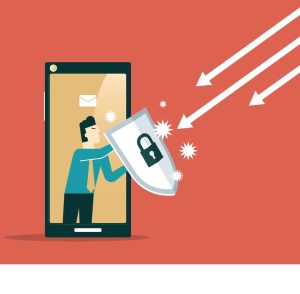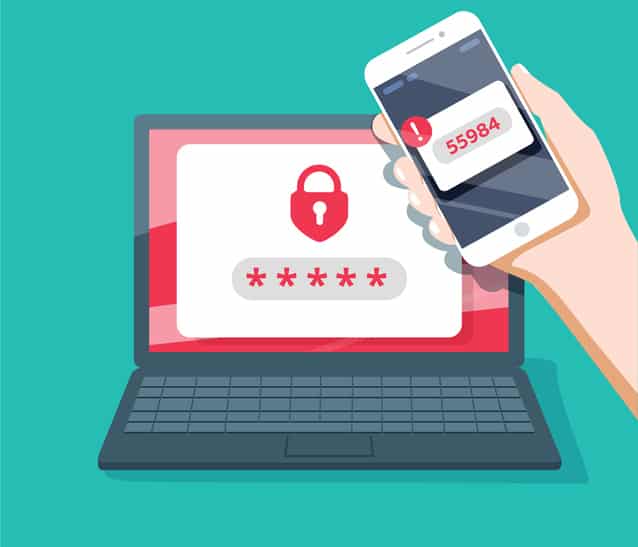Discover how one extra step can help secure company accounts against fraud.
Two-factor authentication is already part of your life.
You use two-factor authentication every time you swipe your debit card. The first factor is having your card on-hand. The second one is knowing the PIN code, without which you will be unable to make any substantial payments from your account.
If your bank verifies online transactions using a one-time passcode sent through SMS, you already understand the benefits two-factor authentication offers. If anyone else uses the data on your card to make a payment, you will immediately know that something is amiss.
Two-factor authentication is one of the most effective ways to reliably protect sensitive information from falling into the wrong hands. In a work environment where password sharing is unfortunately common, 2FA (as it is often called) provides peace of mind against the possibility of password compromise and costly privacy breaches.
Organisations are increasingly turning to 2FA for a wide variety of accounts – not just ones that deal with sensitive financial data. Companies that reinforce their cyber defences with this important tool are better-equipped to resist hacking attempts of all kinds.
How Two-Factor Authentication Works
At its core, 2FA is easy to understand. Instead of relying on a single channel of authentication, systems require users to prove their identity in two independent ways. There are three basic ways to authenticate an individual user:
- With User Knowledge. Knowing a password, zip code, PIN number, or the answer to a personal question all count as knowledge-based authentication items.
- With User Property. If authentication relies on having a phone app, a credit card, or an RFID access key, then it is property-based.
- With User Biometrics. Sophisticated systems that use fingerprint, face, or voice recognition rely on biometric authentication.
All you need to do to implement two-factor authentication is to require users to present two items of data from the above categories in order to log in.
Why Use Two-Factor Authentication?

Two-factor authentication helps to address the fundamental weaknesses of organisational cyber security. If a hacker (or an ex-employee) gains access to a company account through a compromised password, 2FA will present a steeper challenge to overcome.
Even if the attacker manages to defeat both steps of the 2FA process, he or she will leave traceable evidence that security professionals can use to address the breach before too much damage is done. Two-factor authentication forces attackers to leave two sets of digital “fingerprints”, dramatically reducing the likelihood of a successful, undetected hack.
Employers who implement two-factor authentication throughout the organisation are able to prevent cyber attackers from moving laterally through systems, automatically containing any potential damage to a single account.
2FA-enabled security tools like Google Authenticator and Duo should be crucial elements of any data privacy and security plan. Get in touch with the SMB Solutions team if you need help to deploy a more comprehensive login verification system today.

